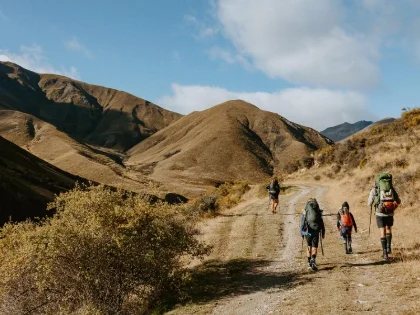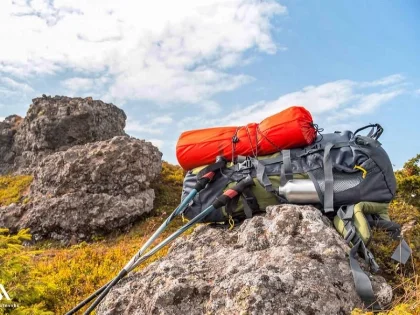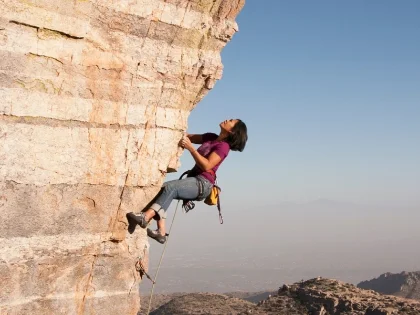Is Downhill Good Or Bad For Mountain Biking?
Although it may seem like you're coasting, running downhill requires just as much energy as running uphill. In actuality, a race's lengthy descent at the beginning and middle—like Boston's Heartbreak Hill—can actually cause you to lose more speed than gain. Regular descent also tones leg muscles, which are critical for quickness. Is Downhill thus good or bad?
Enjoyable
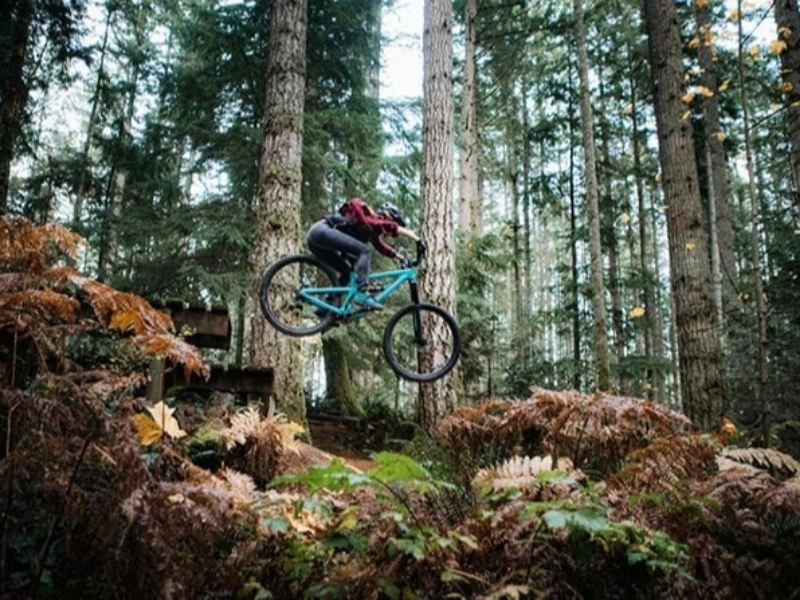
It benefits your knees.
 You may strengthen your knees and increase your stability by going downhill. If you mix in some hill workouts or strides with your training, running downhill can also help you get faster. It will strengthen your quadriceps, which is a crucial component of a proper running form that can accelerate your running on level ground.
Your knees are under a lot greater strain when you walk downhill than when you go uphill or on level terrain. One leg is supporting the weight of your pack, your body, and the forces of the descent as you travel downhill. Between the tibia and femur (the knee joint), this may result in a compressive force that is seven to eight times your body weight.
It’s crucial to keep your body at ease and move fluidly to alleviate this stress. This can be accomplished by loping or prancing while taking quick, agile steps. By doing this, you will lessen the strain on your joints and lower the possibility of slipping and falling, which may be extremely hazardous.
You may strengthen your knees and increase your stability by going downhill. If you mix in some hill workouts or strides with your training, running downhill can also help you get faster. It will strengthen your quadriceps, which is a crucial component of a proper running form that can accelerate your running on level ground.
Your knees are under a lot greater strain when you walk downhill than when you go uphill or on level terrain. One leg is supporting the weight of your pack, your body, and the forces of the descent as you travel downhill. Between the tibia and femur (the knee joint), this may result in a compressive force that is seven to eight times your body weight.
It’s crucial to keep your body at ease and move fluidly to alleviate this stress. This can be accomplished by loping or prancing while taking quick, agile steps. By doing this, you will lessen the strain on your joints and lower the possibility of slipping and falling, which may be extremely hazardous.
It enhances your strength.
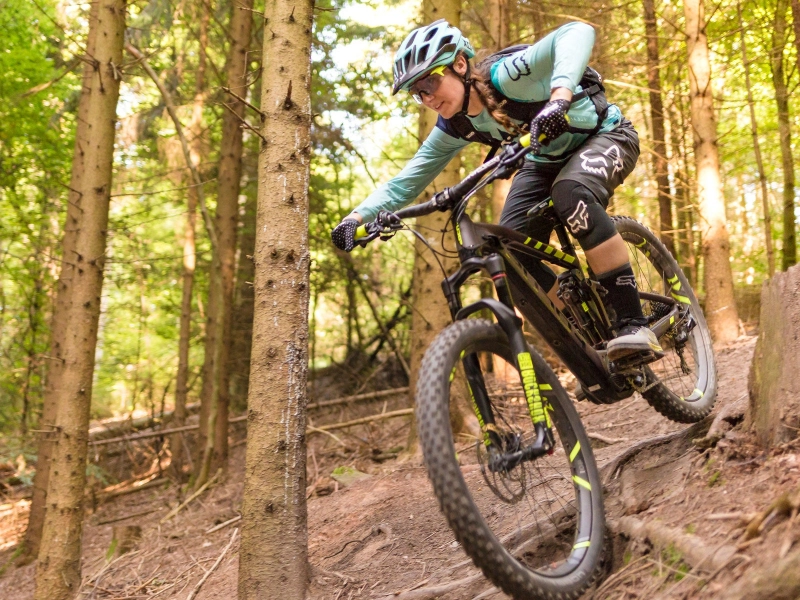 Power that is challenging to build on level terrain can be strengthened and improved with downhill training. Running downhill puts the muscles under eccentric loading, or stress, which causes the muscles to break down and then rebuild stronger. Because it lessens the damage that other forms of exercise cause to the muscles, it can also aid in injury prevention.
Training for steep descents in a race with this type of training is highly recommended. It can bring back childhood memories of effortlessly sliding down a slope and gaining momentum.
Running downhill requires good form and technique, which might be a little challenging at first. It is vital to practice these aspects. Starting off by running downhill a few times a week is a wonderful idea, and as your race season progresses, you can incorporate it into your long runs. Avoid hammering downhills too forcefully, as this might lead to severe muscle damage and impair your performance.
Power that is challenging to build on level terrain can be strengthened and improved with downhill training. Running downhill puts the muscles under eccentric loading, or stress, which causes the muscles to break down and then rebuild stronger. Because it lessens the damage that other forms of exercise cause to the muscles, it can also aid in injury prevention.
Training for steep descents in a race with this type of training is highly recommended. It can bring back childhood memories of effortlessly sliding down a slope and gaining momentum.
Running downhill requires good form and technique, which might be a little challenging at first. It is vital to practice these aspects. Starting off by running downhill a few times a week is a wonderful idea, and as your race season progresses, you can incorporate it into your long runs. Avoid hammering downhills too forcefully, as this might lead to severe muscle damage and impair your performance.
It enhances your speed.
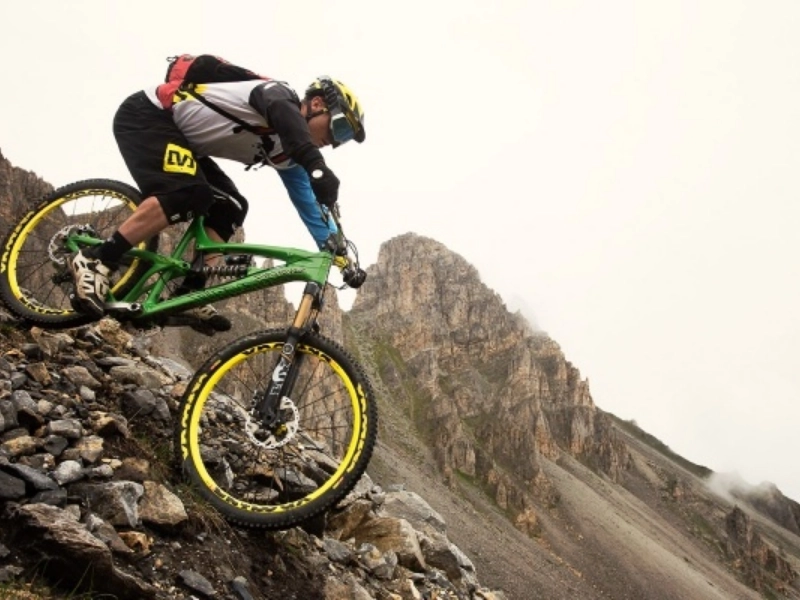 Riders compete against the clock in downhill races on gravity-fed courses that feature intimidating rock gardens and big jumps. This unique racing format has earned the moniker "the Formula One of MTB" since it encompasses the greatest features and quickest speeds in mountain biking.
Downhill routes pose considerable problems for riders because of their steep gradients, large gaps, and drop-offs that can reach a height of half a story. Downhill racers put their tires, suspension parts, and frames through greater impact loads in a single run than they would in a whole month of cross-country training.
Experienced downhill riders can ride these kinds of courses without a bike park; however, they typically utilize a lift to get to the starting line. Shuttle services are available for riders, or in more difficult circumstances, they can trek to the summit. Downhill can be difficult to break into unless you're a seasoned racer, but amateur competitions are open to everyone worldwide. Professionals and amateurs from all around the world compete in these races in an attempt to win the World Cup.
Riders compete against the clock in downhill races on gravity-fed courses that feature intimidating rock gardens and big jumps. This unique racing format has earned the moniker "the Formula One of MTB" since it encompasses the greatest features and quickest speeds in mountain biking.
Downhill routes pose considerable problems for riders because of their steep gradients, large gaps, and drop-offs that can reach a height of half a story. Downhill racers put their tires, suspension parts, and frames through greater impact loads in a single run than they would in a whole month of cross-country training.
Experienced downhill riders can ride these kinds of courses without a bike park; however, they typically utilize a lift to get to the starting line. Shuttle services are available for riders, or in more difficult circumstances, they can trek to the summit. Downhill can be difficult to break into unless you're a seasoned racer, but amateur competitions are open to everyone worldwide. Professionals and amateurs from all around the world compete in these races in an attempt to win the World Cup.





